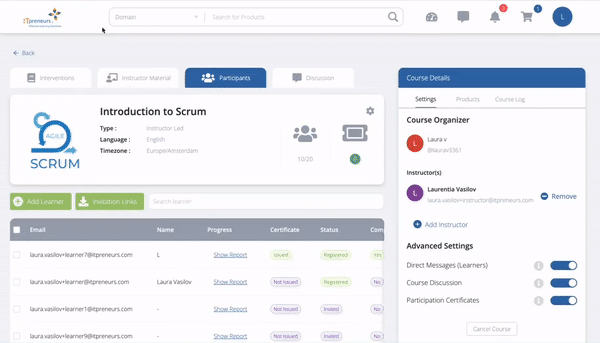An organization in the role of the service provider should evaluate what their services should do and how their services should be provided to meet the needs of consumers.
How exactly should we define a “service”, you may wonder. “A service is a means of enabling value co-creation by facilitating outcomes that customers want to achieve without the customer having to manage specific costs and risks.”
As specified in the definition of service, service providers help the service consumers to achieve outcomes, and in doing so, take on some of the associated risks and costs.
Achieving desired outcomes requires resources (and therefore costs) and are often related to risks. Also, service relationships can introduce new risks and costs, or they can negatively affect some of the anticipated outcomes while supporting others. Service relationships are perceived as valuable only when they have more positive effects than negative ones.
A service provider produces outputs that help its consumers to achieve certain outcomes.
It is important to understand the difference between outputs and outcomes. For example, the output of a training service is a Course Presentation, which the trainers can use to deliver the training. The outcome of the service is the ability of the participants to pass the related certification exam, after attending the training.
It is also important for the service provider to understand the outcomes that the consumer wants to achieve. In some cases, the service provider and consumer work together to define the desired outcomes. For example, the Development Manager in a training development department may regularly connect with customers to understand the needs of a training product. In other cases, the consumers communicate their expectations clearly, such as when standardized services are offered to a wide consumer group. This is how mobile operators, broadband service providers, and transport companies usually operate. In some other cases, service providers can predict or create demand for certain outcomes. For example, in social networks, the service provider introduces some innovative services addressing needs that consumers were not aware of earlier.
About the author

As an IT Service Management trainer, consultant and line manager with over 25 years of experience in IT, Marcel has performed strategic and tactical assignments in a wide variety of areas. For the ITIL 4 update, Marcel has been part of the ITIL 4 Lead Architect Team and Review Team at AXELOS. Through his association with AXELOS, Marcel comprehends the background, the architecture, and the underlying reasons of the ITIL 4 update.
Related Courseware
Sorry, we couldn't find any posts. Please try a different search.





